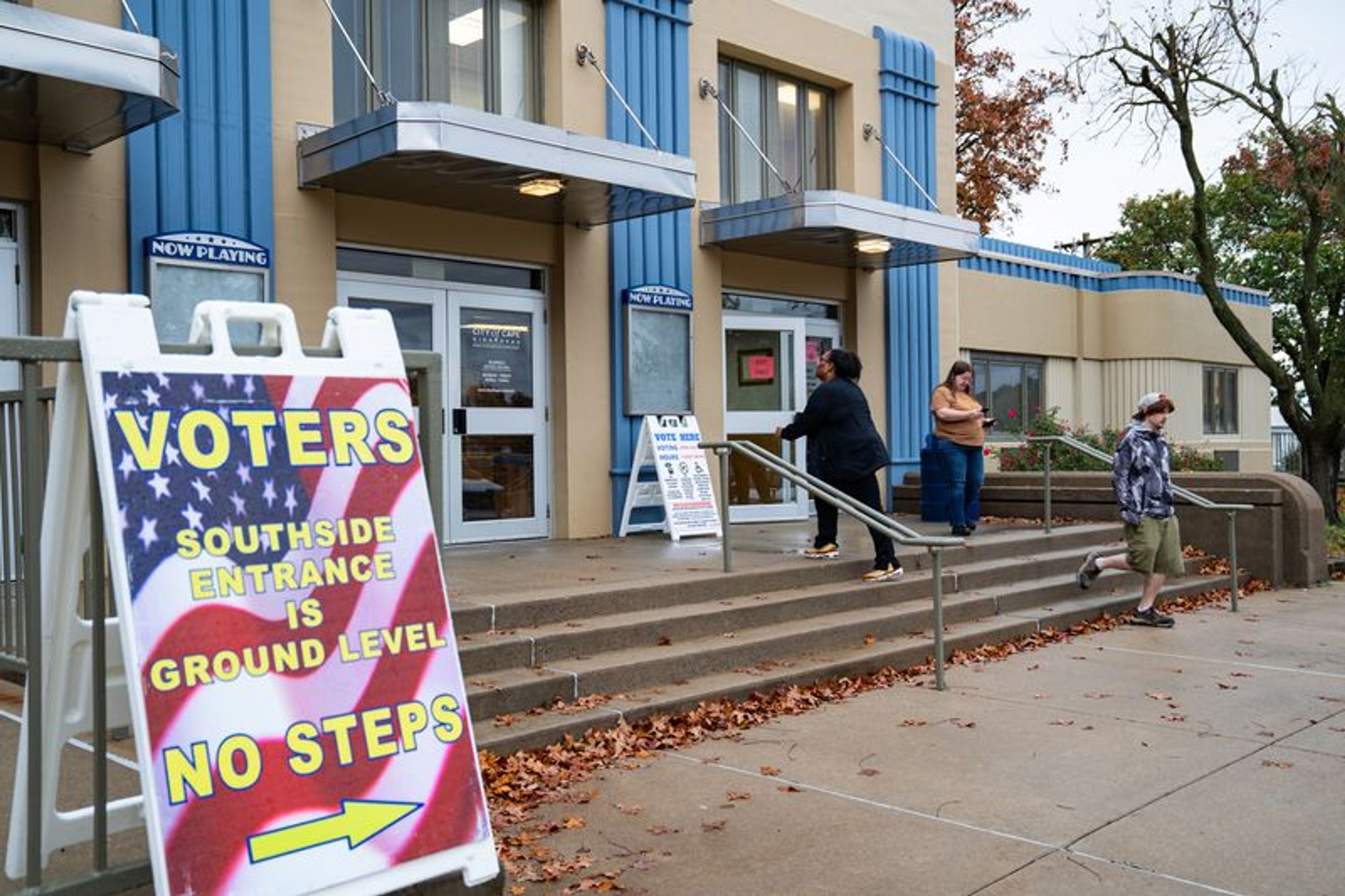SCIENTIFIC PANIC COSTLY TO THE AMERICAN PUBLIC
The news item that caught our attention was small. Perhaps that's because it was so routine, or perhaps because we accept some tax dollar payouts as a matter of course. That's our blunder. This story on yet another asbestos removal project points out something larger. Science and government aren't often thrifty in their relationship, and widespread complacency in understanding what drains the public coffers costs us dearly...
The news item that caught our attention was small. Perhaps that's because it was so routine, or perhaps because we accept some tax dollar payouts as a matter of course. That's our blunder. This story on yet another asbestos removal project points out something larger. Science and government aren't often thrifty in their relationship, and widespread complacency in understanding what drains the public coffers costs us dearly.
Inspiring this discussion is a relatively minor outlay of money, $6,300 for asbestos abatement at the Cape Girardeau Municipal Airport, approved by the City Council Monday. In this case and others, acceptance of asbestos removal at a local level can be more properly viewed as resignation to the mandate from a higher governmental authority. The project in this instance was required by the Federal Aviation Administration, which dictates much of goes on at the airport. Abatement work at schools and demolition sites here has likewise been undertaken to satisfy environmental rules established in Jefferson City and Washington.
Accusing fingers can't rightfully be pointed at either the local governments that accede to these mandates (often holding their noses while following the rules) or the companies that provide the service. Still, some scrutiny is needed.
Look at some of the costs locally and get a perspective on the impact of the government/science relationship. More than $1 million was spent to remove asbestos from facilities at Southeast Missouri State University. The Cape Girardeau Public Schools spent $77,000 for abatement work through 1990. In Perryville, the cost was expected to rise above $100,000. Even a small school district like Marquand-Zion has recently seen a $31,000 asbestos removal bill go before its board.
The high costs are not restricted to this area or even to Missouri. The National School Boards Association found that by April 1990, 671 public school districts nationwide spent about $500 million to comply with federal laws regarding asbestos removal.
The private sector doesn't fare any better on asbestos examination. In Cape Girardeau, the Chamber of Commerce and Florsheim Shoe Co. split the $80,000 cost of asbestos removal at a structure that was being torn down. In studying to possibility of condemning the Old St. Francis Hospital to demolition, city officials have had to take into account the possible $230,000 cost for purging asbestos from the structure.
What soaks this discussion in irony is that a segment of scientists now exists that questions the danger of asbestos exposure, which has been linked to respiratory and other ailments. One study, funded by the Environmental Protection Agency and released in September, found that the risk to people from asbestos exposure in buildings is probably no greater than the risk from normal levels of asbestos in the outside air. The panel of scientists found that the risks are much lower than the danger of secondhand tobacco smoke. This follows a 1990 article by asbestos experts in Science magazine concluding that the most common type of asbestos found in school buildings poses little health risk.
By their nature, scientific discoveries reveal themselves slowly. Certainly, too, we should look to the community of scientists for risk assessments as they relate to the environment and changing technology. However, "shoot-first, ask-questions-later" legislation and regulations precipitated by scientific panic (on subjects ranging from asbestos to global warming to PCBs) does little to enhance the credibility of research. It certainly doesn't lighten the load on taxpayers, who must already foot the bill for controlling bona fide health risks.
If Americans feel endangered, it may be from government officials who are confused by the conflicting signals ... and smothering us with good intentions.
Connect with the Southeast Missourian Newsroom:
For corrections to this story or other insights for the editor, click here. To submit a letter to the editor, click here. To learn about the Southeast Missourian’s AI Policy, click here.








